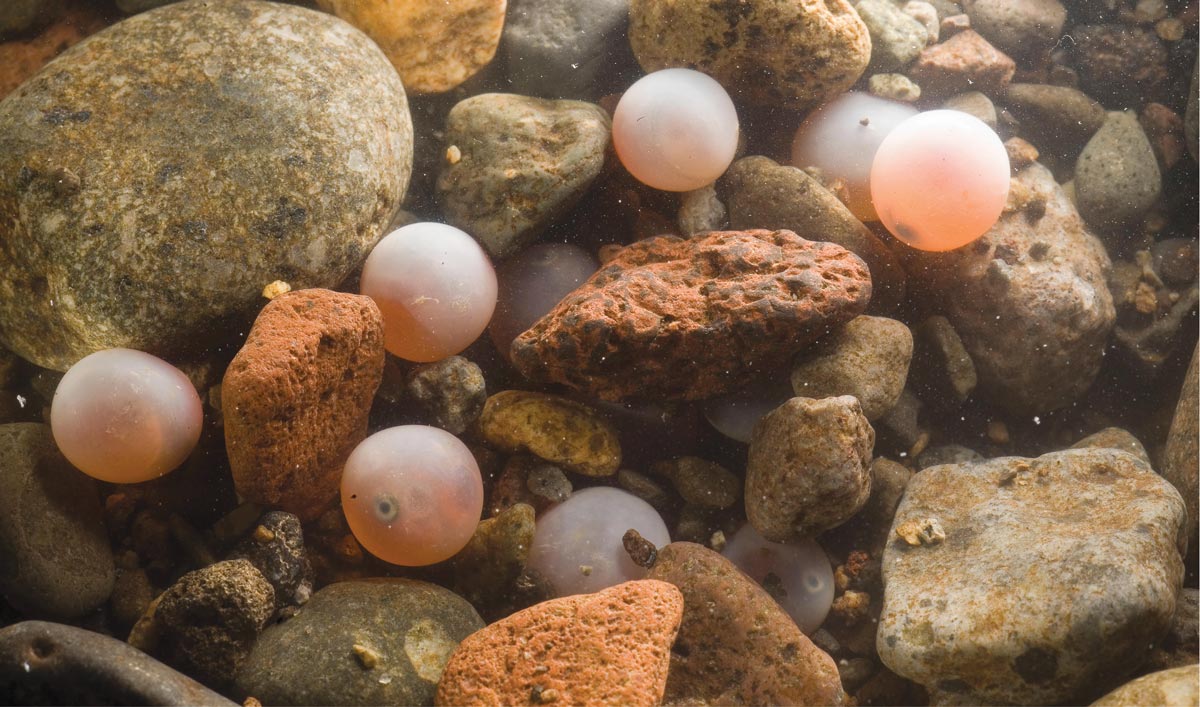ACCELERATING RESTORATION
Photo above: Western pond turtles, endemic to the western coast of the U.S. and Mexico, are vulnerable to extinction in California. Habitat restoration efforts can help ensure these animals are around for generations to come.
History will record 2020 as a singularly tough year. We’ve navigated a relentless tide of bad news that has affected human and environmental health around the globe.
At a time like this, we need deep stores of resilience to call upon, to pick ourselves back up and keep going. The same need applies to our Golden State, where mounting environmental challenges jeopardize our food supply, waterways, and over 350 threatened or endangered plants and animals.
MAKING RESTORATION EASIER
Thanks to you – our partners and supporters – Sustainable Conservation’s Accelerating Restoration program is carrying out a statewide plan to boost California’s environmental resilience so we can better meet future hardships. Our method: make it easier to care for our natural landscapes so they provide healthy habitat, and sources of rejuvenating joy, inspiration, and recreation, for all.Right now, many of us are relying heavily on the therapeutic power of the outdoors. For over 25 years, Sustainable Conservation has been working on regulatory and policy incentives to speed the pace of projects that restore health to places that give so much to so many.
One barrier to progress: while key laws like the Endangered Species Act and the Clean Water Act were originally designed to keep detrimental development projects from happening, they do not provide a pathway to fix environmental damage that has already happened. As a result, restoration projects require the same host of permits as building a big-box store or hotel complex.
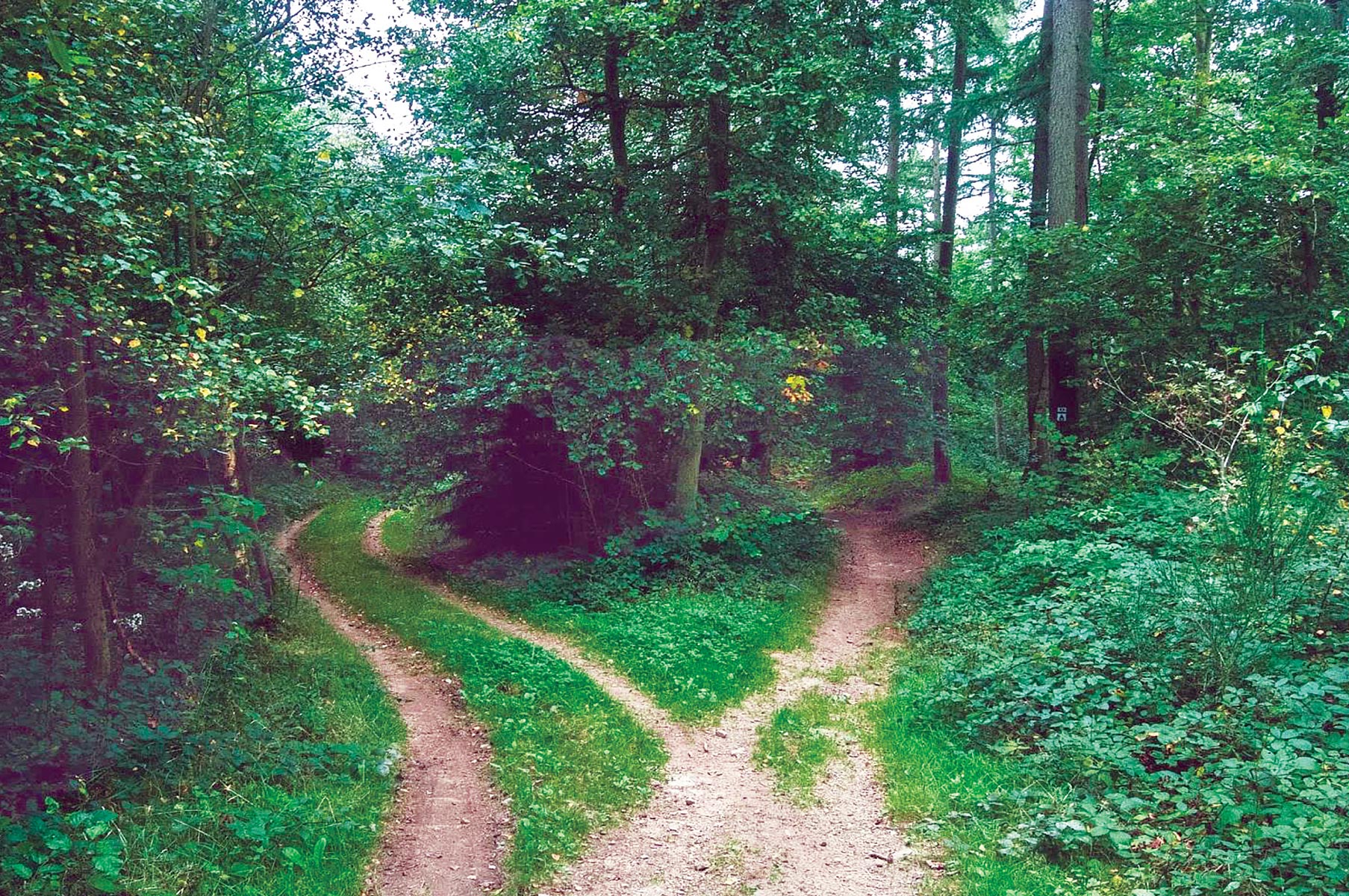
FORGING A NEW PATH
We believe that putting restoration on a separate permitting path from development, with critical environmental protections in place, prioritizes projects that protect and enhance habitat where they’re needed most. This distinction will give California’s struggling waterways and wildlife the urgent attention they need before it’s too late. By partnering directly with government agencies to establish more efficient pathways for permitting and funding restoration projects, pursuing policy changes, and helping strengthen relationships between agency staff and landowners, we’re building powerful support networks for getting critical conservation done.As you read on, you’ll see we have many victories to celebrate. And while much work remains, let’s relish the possibility and hope engendered by our progress together so far. With partnership and persistence, systemic change IS possible.

PROTECTING CALIFORNIA’S ICONIC SPECIES
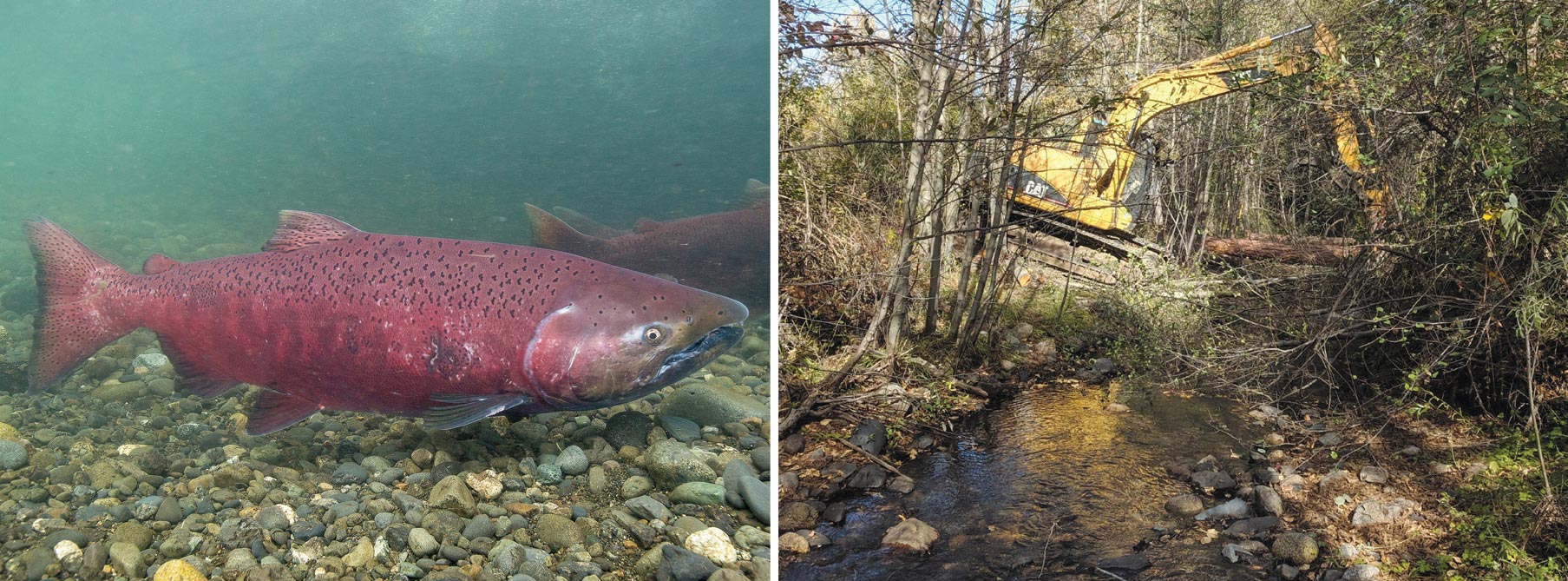
Who: Betsy Stapleton, Owner, Miners Creek Ranch
What: Habitat enhancement for Chinook salmon, Coho salmon, and steelhead
When: Completed in 2019
Where: French Creek, Scott River Watershed, Siskiyou County
To help reverse the decline of salmon in her watershed, Betsy made use of the Sustainable Conservation-sponsored Habitat Restoration and Enhancement (HRE) Act – which provides an expedited 30-to-60-day approval process with the California Department of Fish and Wildlife, and puts restoration activities on a separate permitting track from development (e.g., building condos). To date, the HRE Act has enabled more than 70 environmentally beneficial projects around the state.
Thanks to this tool, Betsy and her team were able to move more quickly on to project construction (see right photo above) – a big deal in the face of time-sensitive habitat loss and dwindling fish populations. The project placed “large woody debris” in streams to slow water flows, and created deep pools in which salmon can rest, hide from predators, and find refuge from fluctuating water levels.
Gravel added to the area offers spawning habitat where salmon can continue their life cycle and better adapt to climate change. In fact, Coho have already returned to the area to lay eggs, and juvenile fish have been spotted growing up in the protective sanctuary established by the project.
CLIMATE RESILIENCE
From droughts and floods, to a fire “season” that begins earlier and ends later every year, we will continue to experience dramatic shifts in California’s precipitation. Our dry periods will be drier, and our wet periods will be wetter. This cycle of deluge and desiccation – and how dense vegetation grown during rainy years can transform to wildfire tinder during parched stretches – impacts human and wildlife communities alike.
IN DRY YEARS
Restoration projects that restore and enhance aquatic habitat can help on all fronts. During dry periods, streambanks planted with the right types of vegetation can decrease the likelihood of waterways evaporating. Restored streamside forests offer shade canopies that sustain water levels, keep water temperature just right for native fish, and provide homes for birds, insects, amphibians, and mammals.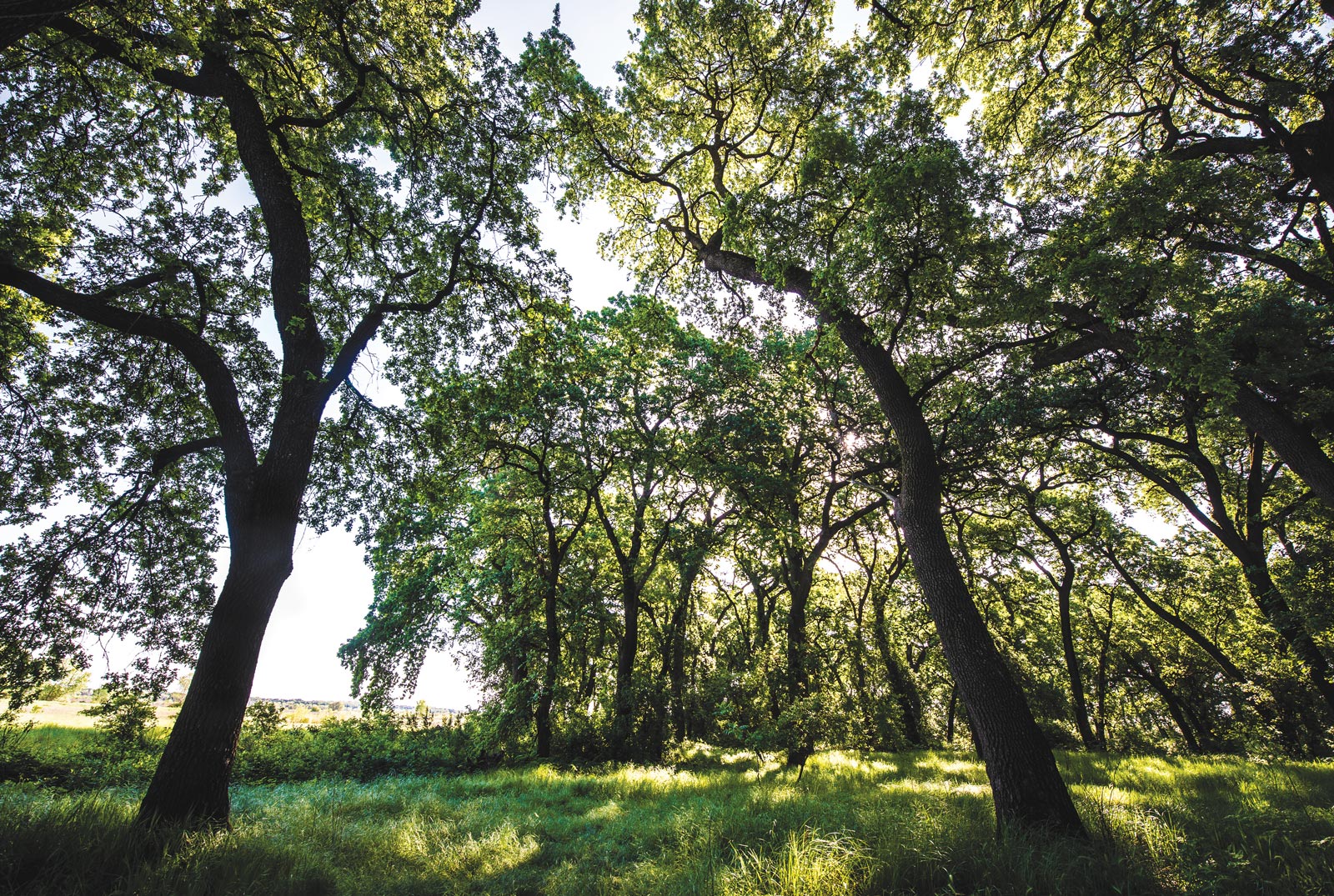
A riparian forest in the Cosumnes River floodplain supports habitat for fish and wildlife negotiating a warming climate.
IN WET YEARS
On the other hand, during seasons with big winter storms, flooding can threaten our homes and businesses. Transforming channelized creeks into functional streams that meander can slow water velocity and relieve pressure on riverbanks that might otherwise breach. Reconnecting waterways with floodplains allows more room for rivers to spread out, slow down, and gently percolate water through soil to stock our aquifers. Furthermore, wetlands help cool our climate by acting as “carbon sinks” for greenhouse gases.BALANCING WATER NEEDS
In some cases, groundwater recharge made possible by restoration projects can help raise the water table – a welcome benefit as a number of California’s groundwater basins are critically over-drafted from years of pumping beyond balance. With more water stored in our aquifers to meet drought years, we can keep more water in-stream to support aquatic ecology while ensuring communities and farms have what they need to stay hydrated and grow our food.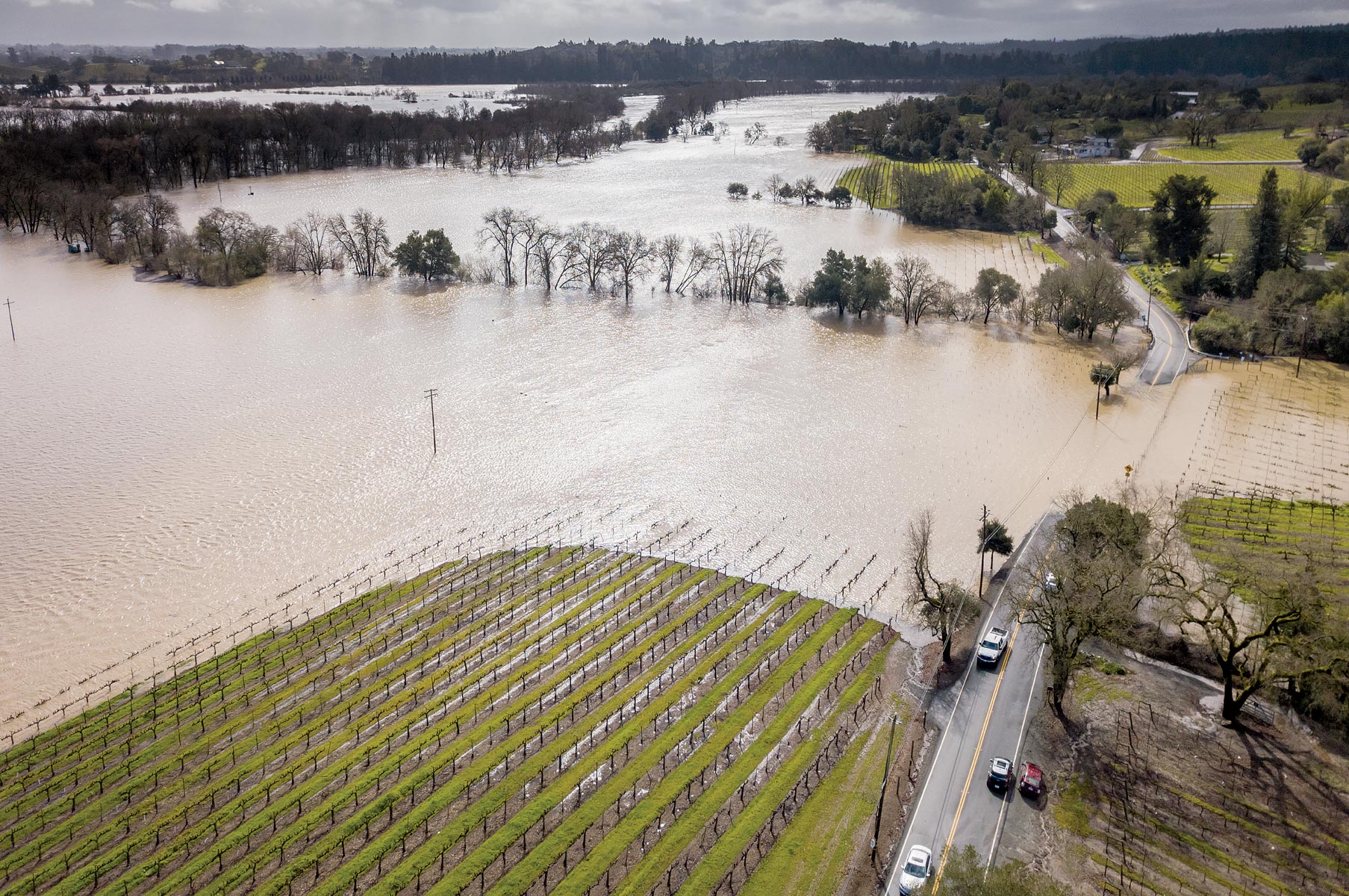
In February 2019, Russian River flooding overwhelmed Sonoma County homes, businesses, and entire towns. The frequency and intensity of events like this will continue to rise.
CHANGE IN ACTION
The current road to restoration is not for the faint of heart or wallet: projects require permits from at least six different Federal and State agencies. While these approvals ensure sound environmental protection, the daunting process to secure them can take copious amounts of time and money – and can ultimately dissuade applicants from moving ahead with efforts to tend to imperiled fish and wildlife and polluted waterways. Sustainable Conservation is on track to develop simplified permitting pathways for environmentally beneficial work with all of these government entities by 2021:
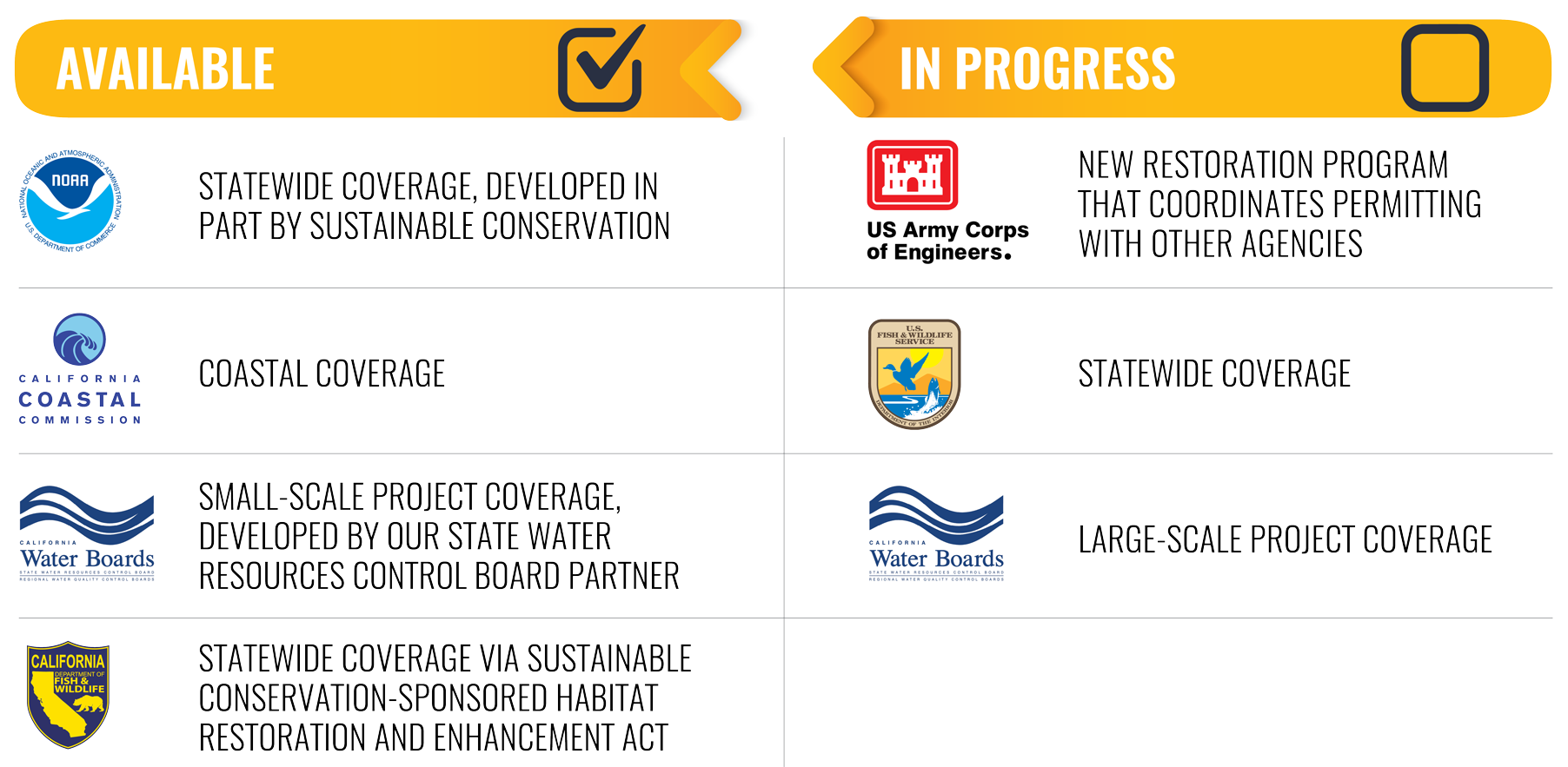

*Once U.S. Fish and Wildlife Service and State Water Resources Control Board authorizations are in place.
CUTTING THE GREEN TAPE
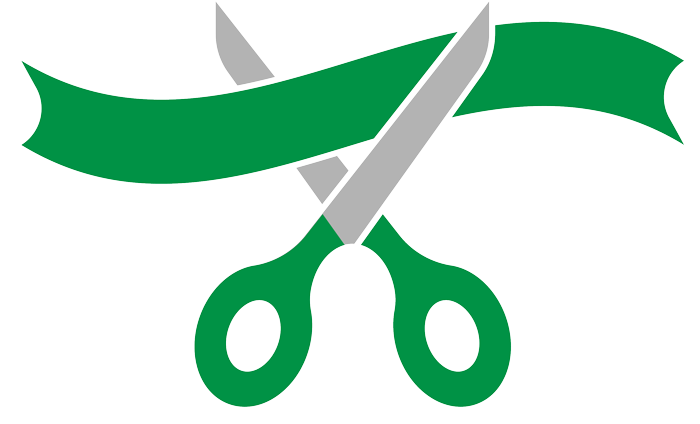
Under the strong leadership of Wade Crowfoot, the California Natural Resources Agency has launched an initiative to “cut the green tape” to help environmentally restorative projects proceed more quickly, simply, and cost-effectively. The Agency will soon release a list of specific recommendations for shepherding conservation projects to “shovel-ready” through improved permitting and funding efficiencies.
Sustainable Conservation informed the recommendations through roundtables convened by Secretary Crowfoot and the California Landscape Stewardship Network that solicited ideas from key restoration proponents around the state.
We fully support this bold and progressive effort, and Secretary Crowfoot’s vision for a thriving environment and green economy upon which all Californians can depend. We will continue to bring our expertise and advocacy to bear as an ally in the good work to come.
A 2015 study showed that ecological restoration is a nationwide, $9.5 billion industry employing about 126,000 people directly. It creates more local jobs than the coal, steel, or timber industries. Advancing win-win projects that help sustain both our local watersheds and economies is more important than ever given our current national challenges.
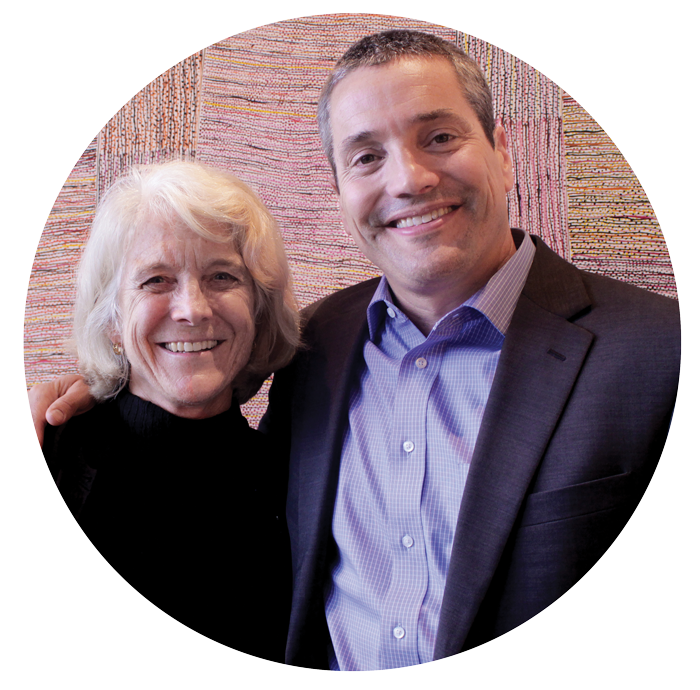

Sustainable Conservation has been a real partner to me and our agency in figuring out how to get more environmental restoration done more quickly and more cost-effectively. Sustainable Conservation’s work – the detailed, technical creation of programmatic environmental reviews and approvals for restoration projects – is helping California’s restoration investments go further and faster, and helping us meet the moment of addressing climate change and preserving biodiversity.”
Wade Crowfoot, California Secretary for Natural Resources (pictured with Sustainable Conservation CEO Ashley Boren)

